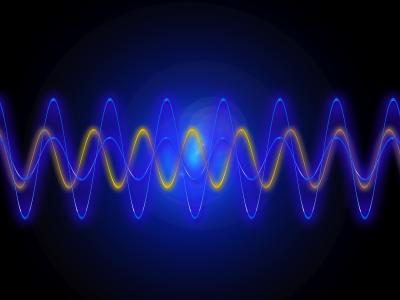Dataset Entries from this Author

Radar signals can penetrate non-conducting materials, such as glass, wood, and plastic, which could enable the recognition of user gestures in environments with poor visibility, occlusion, limited accessibility, and privacy sensitivity. This dataset contains nine gestures from 32 participants recorded with a radar through 3 different materials (wood, glass, and PVC) to explore the feasibility of sensing gestures through materials.
- Categories:

For gesture recognition, radar sensors provide a unique alternative to other input devices, such as cameras or motion sensors. They combine a low sensitivity to lighting conditions, an ability to see through surfaces, and user privacy preservation, with a small form factor and low power usage. However, radar signals can be noisy, complex to analyze, and do not transpose from one radar to another.
- Categories:
